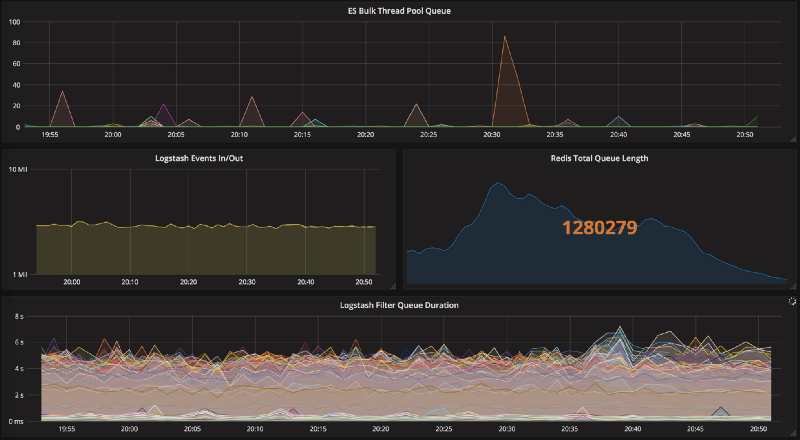Azure Functions
As part of Microsoft’s offer in the Platform-as-a-Service model, Azure Functions is one of Azure’s Serverless alternatives. Launched in late 2016, currently, it has two versions of runtimes available, although the version 2.x is still in preview mode. This new version is adding Java as a programming language to those supported by version 1.x — C#, JavaScript, and F#.
Azure Functions is the on-demand execution of functions or small fragments of code based on events. As the cost is associated with the execution, if the function is not executed, there are no charges to pay. And if the event that triggers the execution occurs faster than the function, the platform executes the code in multiple threads without obstacles.








